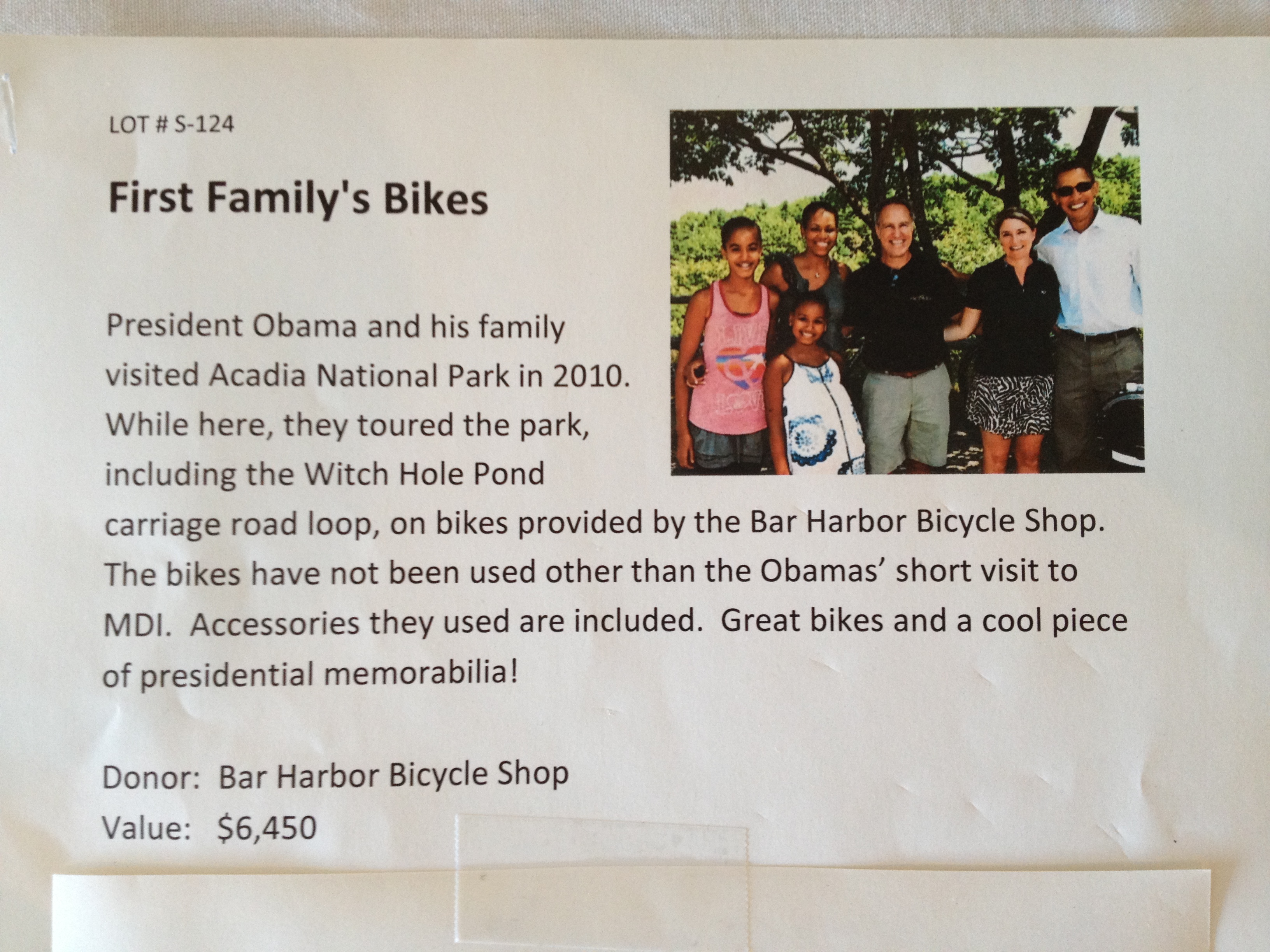Sheryl Sandberg’s Lean In , which I reviewed back in May, continues to be on the New York Times bestseller list. At least one of my friends in business says that the book has been an inspiration to her and that she has applied for some bigger jobs as a consequence of reading the first half of the book (one of the things people learn at top B-schools, apparently, is that business best-sellers need not be finished!).
, which I reviewed back in May, continues to be on the New York Times bestseller list. At least one of my friends in business says that the book has been an inspiration to her and that she has applied for some bigger jobs as a consequence of reading the first half of the book (one of the things people learn at top B-schools, apparently, is that business best-sellers need not be finished!).
Separately, I watched The Queen of Versailles where the protagonist talks about her days as an engineer at IBM. One day she asked her manager why he had a clock counting down. The manager said that it was showing him the days, hours, minutes, and seconds until he could retire. Why did he care? “Because that is the moment when I can start living,” was what the guy said. As a result of this conversation, the Queen of Versailles quit her engineering job and took up fashion modeling in Manhattan. Then she devoted herself to being the wife of a rich guy and mother to seven children.
where the protagonist talks about her days as an engineer at IBM. One day she asked her manager why he had a clock counting down. The manager said that it was showing him the days, hours, minutes, and seconds until he could retire. Why did he care? “Because that is the moment when I can start living,” was what the guy said. As a result of this conversation, the Queen of Versailles quit her engineering job and took up fashion modeling in Manhattan. Then she devoted herself to being the wife of a rich guy and mother to seven children.
Sandberg’s advice is apparently inspiring, but even someone as successful as Sandberg cannot figure out a way to put more hours into a day or more days into a year. For most people, a bigger career means fewer children. As the Queen of Versailles found, even some of the better jobs in our society, e.g., engineering manager at IBM, are not very satisfying. According to various studies (see Forbes, for example), only a minority of American workers are at least “somewhat satisfied” with their jobs. Even for those who are satisfied, if you asked them, at age 70, “Would you rather have had thirty percent more career success and one fewer child?” I wonder how many would say “Cut me back to 1 kid from 2 and make my final title two rungs up higher in the bureaucracy.”
One of the original English-language authors who provided advice and inspiration to young women is Jane Austen. She been in the news this summer due to a controversy over Austen replacing Charles Darwin on an English banknote (example story). She more quietly inspires individuals (implicitly; explicitly ). Austen spends a lot of ink describing women who marry for money, e.g., in Mansfield Park:
). Austen spends a lot of ink describing women who marry for money, e.g., in Mansfield Park:
First page: About thirty years ago Miss Maria Ward, of Huntingdon, with only seven thousand pounds, had the good luck to captivate Sir Thomas Bertram, of Mansfield Park, in the county of Northampton, and to be thereby raised to the rank of a baronet’s lady, with all the comforts and consequences of an handsome house and large income. All Huntingdon exclaimed on the greatness of the match, and her uncle, the lawyer, himself, allowed her to be at least three thousand pounds short of any equitable claim to it. She had two sisters to be benefited by her elevation; and such of their acquaintance as thought Miss Ward and Miss Frances quite as handsome as Miss Maria, did not scruple to predict their marrying with almost equal advantage. But there certainly are not so many men of large fortune in the world as there are pretty women to deserve them.
[Regarding Maria’s proposed loveless marriage to the rich blockhead Rushworth, Mary Crawford says] “Oh yes I know it is. I was merely joking. She has done no more than what every young woman would do; and I have no doubt of her being extremely happy.”
[Upon the father returning from the Caribbean and giving his daughter the opportunity to escape the loveless marriage… ] He had expected a very different son-in-law; and beginning to feel grave on Maria’s account, tried to understand her feelings. Little observation there was necessary to tell him that indifference was the most favourable state they could be in. Her behaviour to Mr. Rushworth was careless and cold. She could not, did not like him. Sir Thomas resolved to speak seriously to her. Advantageous as would be the alliance, and long standing and public as was the engagement, her happiness must not be sacrificed to it. Mr. Rushworth had, perhaps, been accepted on too short an acquaintance, and, on knowing him better, she was repenting.
With solemn kindness Sir Thomas addressed her: told her his fears, inquired into her wishes, entreated her to be open and sincere, and assured her that every inconvenience should be braved, and the connexion entirely given up, if she felt herself unhappy in the prospect of it. He would act for her and release her. Maria had a moment’s struggle as she listened, and only a moment’s: when her father ceased, she was able to give her answer immediately, decidedly, and with no apparent agitation. She thanked him for his great attention, his paternal kindness, but he was quite mistaken in supposing she had the smallest desire of breaking through her engagement, or was sensible of any change of opinion or inclination since her forming it. She had the highest esteem for Mr. Rushworth’s character and disposition, and could not have a doubt of her happiness with him.
[Later in the book, Mary Crawford points out..] “I mean to be too rich to lament or to feel anything of the sort. A large income is the best recipe for happiness I ever heard of.”
Austen’s world is alive and well at Harvard College today. I remember one undergraduate saying “I used to think that I wanted to be an investment banker, but then I realized that I could just marry an investment banker.”
A woman friend of mine observed that the modern world is in some ways friendlier to women seeking their fortune through romance or marriage. “A woman used to have to stay married, possibly to someone that she had never loved, in order to retain access to the money, the house, and the title,” she pointed out, “but now she can get most of that from a quick marriage and a divorce.”
A couple of recent New York City tabloid articles (News; Post) reinforce my friend’s point. It seems that Liza Ghorbani, a New York Times reporter, was having an affair with a married British man. Ghorbani is the mother of a healthy 8-month-old baby, apparently a result of the affair. In Austen’s day she would be trying to hide the facts both of the affair and the child. Today, however, there is apparently insufficient social stigma to discourage the filing of a public $3 million child support lawsuit.
[Note that if the New York Times pays her $100,000 per year (source), a decent salary for a journalist, Ghorbani’s compensation from working would be at most $65,000 after federal, state, and city income taxes. The $3 million that she stands to collect, tax-free, as a result of having a child, therefore, would equal approximately 46 years of after-tax income. For a reporter on the Bureau of Labor Statistics median pay of $36,000 per year, the $3 million would be closer to 100 years of after-tax income.]
In case there are young people reading this blog, my personal experience supports a position somewhere in between the Queen of Versailles’s perspective and Sheryl Sandberg’s (Austen, like Shakespeare, wrote about a lot of different characters and therefore I would hesitate to ascribe a position to Austen herself). I worked 80 hours per week on some computer-aided engineering software back in the 1980s. It was all written in Common Lisp and very little of my original code, if any, is in use today. I remember that customers were happy with the system, but the memories of being thanked by those customers are vague. I am an inventor on three patents, but nobody ever had the money or energy to chase after infringers and two out of three cover technologies that are now irrelevant. In the 1990s I co-developed a popular free and open source toolkit for building Internet applications. I was proud at the time of the roughly 10,000 sites worldwide that adopted the software but today it is usually considered “legacy code” and companies, such as Zipcar, are investing money and effort to replace it with newer software. I have taught a lot of students, e.g., at MIT, and they have gone on to have good careers, e.g., at Google. But the 300+ students taken together do not call me as often as I call my parents and from this I infer that an adult child would be more of a comfort in old age than a career’s worth of students. [Note to self: spend the next few weeks calling/emailing my former teachers!] The textbooks that I’ve written, and made available for free via the Web, and the photo.net online community that Rajeev Surati, Jin Choi, and I nurtured continue to be useful to others and, therefore, continue to provide me with some career satisfaction. So while on the one hand I am glad that I “Leaned In” to finish those textbooks and keep the photo.net server refreshed with new content and software and may sometimes smile when receiving an email from a grateful reader, I experienced a lot more joy last Tuesday afternoon taking my almost-four-year-old daughter to her first feature-length movie (“Planes”; lacking an adult vocabulary, after the movie was over, Greta referred to the aircraft carrier as “the airport in the middle of the water”).
Sandberg doesn’t talk a lot about money, but there is a financial subtext in her book. The bigger jobs pay more and the parents about whom Sandberg is writing use some of that money to hire household and child care help, typically for just one or two children. The happiness researchers have found that money beyond an upper middle-class level of income does not yield too much additional happiness (Forbes has a recent article describing a challenge to this finding, thus providing more evidence that John Ioannidis is the only correct researcher). My personal experience is that my overall mood has not been strongly correlated with my income or wealth, despite wide swings over the past 30 years (from an engineering grad student stipend of about $32,000/year in today’s dollars up to a maximum of about $300,000/year). I have gotten a lot more happiness from spending time with a child than from reflecting on the fact that my income was higher in Year X than it had been the previous year. Thus I would say that it is not rational to take on a bigger job in order to make more money if that means that one will end up with fewer children.
This idea of giving more priority to children than to career, at least for a portion of their working lives, seems to be prevalent among my friends. I spent yesterday with a woman at the very top of American credentialism. She has an MD and a PhD in engineering. She has been the author of textbooks for medical students. For the moment, however, she has done the opposite of what Sandberg recommended. She has scaled back her career so that she can work part-time from home and spend more time with her husband and three children (youngest is almost 4 years old). Even though the youngest child was being a little difficult at the time (a crisis developed over the question of which chair she would occupy at dinner), my friend answered without hesitation that she was much happier with that third child than she would be with additional career advancement. Her husband is a work-from-home entrepreneur and could have been advancing the products that he is designing on the day that I visited. There were three other adults who could have watched the four total children. But he spent the whole day playing with the kids instead.
The older people that I’ve met are more in agreement with the Queen of Versailles than they are with Sandberg. I recently spent a couple
Full post, including comments 




